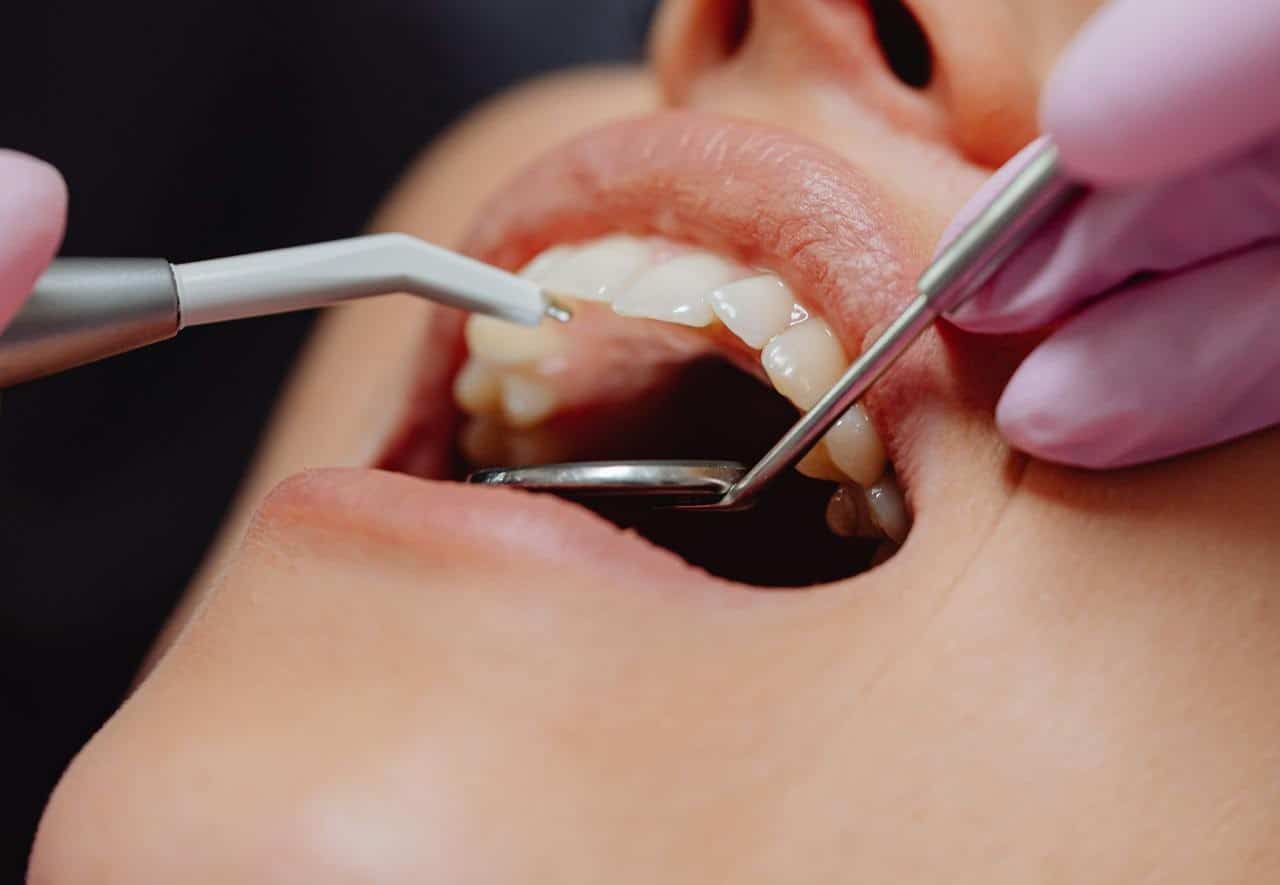Missing teeth can significantly impact your confidence, as well as the functionality and appearance of your smile. Our family dental care practice based in Pickering, ON, is dedicated to providing comprehensive dental solutions tailored to your unique needs. Implant dentistry is one such solution that offers a long-lasting and natural-looking solution for individuals with missing teeth. Dental implants are surgically placed in the jawbone, allowing them to function as artificial tooth roots and provide stable support for dental restorations, such as crowns, bridges, or dentures.
Dental implants have become increasingly popular due to their high success rate and numerous benefits, including improved appearance, enhanced functionality, and preserved jawbone structure. Their titanium construction allows them to integrate with the jawbone, providing a sturdy foundation for restorations and serving as a long-term solution for tooth replacement.
In this comprehensive guide, we will explore the various benefits of implant dentistry, its suitability for different patients, and the process involved in placing dental implants. We will also outline some factors to consider when deciding if dental implants are the right choice for you, ensuring that you have all the necessary information to make an informed decision about your dental health. Contact our experienced dental team today to schedule a consultation and discover how implant dentistry can restore your smile and enhance your quality of life.
Benefits of Implant Dentistry
Dental implants offer a range of advantages when compared to other tooth replacement options, such as dentures or bridges. Let’s delve into the primary benefits of choosing implant dentistry to restore your smile:
1. Natural Look and Feel
One of the most significant benefits of dental implants is their ability to closely mimic the appearance and functionality of natural teeth. The implant itself acts as an artificial tooth root, while the attached dental crown, bridge, or denture provides a natural-looking restoration. This allows for a comfortable, confident, and aesthetically pleasing smile.
2. Improved Functionality
Dental implants provide a stable foundation for dental restorations, enabling patients to eat, speak, and smile without worry. They offer enhanced bite strength and stability compared to traditional dentures or bridges, ensuring a comfortable and functional experience.
3. Bone Preservation
When teeth are lost, the surrounding jawbone can begin to deteriorate due to a lack of stimulation from the tooth roots. Dental implants help to preserve and maintain the jawbone structure, ensuring a healthier long-term outcome for your oral health.
4. Durability and Longevity
With proper care and maintenance, dental implants can provide a long-lasting tooth replacement solution. Implants have a high success rate and, in many cases, can last a lifetime.
Candidates for Dental Implants
While dental implants are an excellent choice for many patients, it is essential to determine if you are a suitable candidate for the procedure. Potential candidates should consider the following factors:
1. General Health
Patients considering dental implants should be in good overall health, with no significant medical conditions that could interfere with the healing process. Conditions such as uncontrolled diabetes, autoimmune disorders, or a history of radiation therapy to the head or neck may affect your eligibility for dental implants.
2. Oral Health
To ensure the success of dental implants, patients should have healthy gums and adequate jawbone density. Those with periodontal disease or bone loss may require additional treatments, such as bone grafting or gum therapy, before implant placement.
3. Dental Hygiene
Candidates for dental implants should be committed to maintaining proper oral hygiene, including regular dental checkups, brushing, and flossing. Good dental hygiene is crucial for the long-term success of dental implants.
4. Non-Smoking Status
Smoking can negatively impact the healing process of dental implants and increase the risk of implant failure. It is highly recommended that patients quit smoking before undergoing dental implant surgery and refrain from smoking during the healing process.
The Dental Implant Procedure
The process of placing dental implants often takes place in stages and typically involves the following steps:
1. Initial Consultation and Treatment Planning
Your dentist will conduct a thorough examination, including dental X-rays or other imaging, to assess your oral health and determine if you are a suitable candidate for dental implants. A detailed treatment plan will be developed, outlining the procedure, timeline, and expected outcome.
2. Implant Placement
During the implant placement procedure, your dentist will surgically insert the titanium implant into your jawbone. Local anesthesia or sedation dentistry options can be used to ensure a comfortable experience. The implants will then be left to heal and integrate with the bone, typically for several months.
3. Osseointegration and Abutment Placement
During the healing period, the dental implant will undergo a process called osseointegration, where the titanium implant fuses with the jawbone. Once the implant is fully integrated and stable, your dentist will place an abutment, a small connector that attaches the dental restoration to the implant.
4. Dental Restoration Placement
Finally, your dentist will place the dental restoration, such as a crown, bridge, or denture, securely onto the abutment. The restoration will be carefully crafted and adjusted to ensure a comfortable and natural-looking result.
Conclusion
Implant dentistry offers a long-lasting and natural-looking solution for individuals with missing teeth, providing numerous benefits that make it a popular choice for patients looking to restore their smile. By understanding the advantages, the process involved, and the factors to consider when choosing dental implants, you can make an informed decision about your dental health. Our skilled dental team is here to guide you through your implant dentistry journey, helping you achieve a beautiful, functional, and healthy smile. Contact us today to schedule a consultation and discover if dental implants in Ajax are the right solution for you.


